A tornado tore through a solar power plant in central Florida. Footage released by Duke Energy shows a swath of solar modules ripped from the single-axis trackers holding them in place.
Local weather reports identified the storm as an EF-2 tornado, with winds between 111 and 135 miles per hour. According to the county sheriff’s department, the tornado struck before Hurricane Milton made landfall, also damaging 20 to 30 homes in the area.
The Duke Energy facility was initially developed by EDF Renewables before being sold to Duke Energy, which completed the development and construction of the plant in 2019. The solar portion of the plant has a grid connection capacity of 45 MW, supported by 63.2 MW of solar panels. An 18 MW lithium-ion battery was added to the site in 2022.
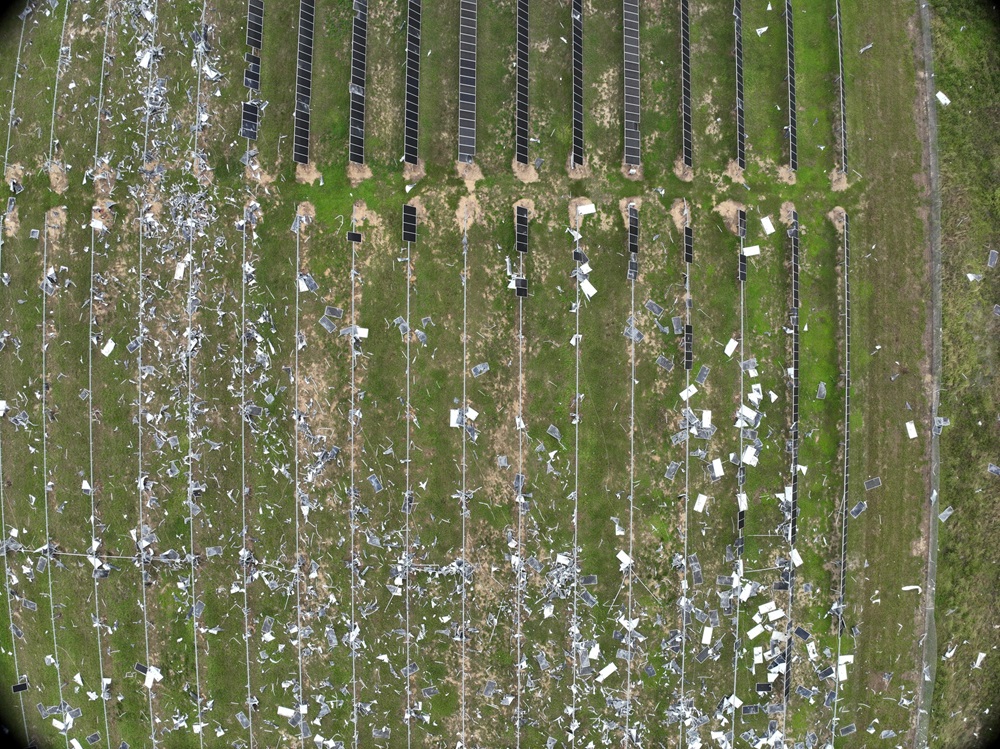
In the Duke Energy video below, the tornado’s path can be seen moving across the facility, though the exact direction of the storm is unclear. The damage was limited to the westernmost quadrant of the facility, leaving most of the plant intact and possibly still operational. The tornado’s path stretched primarily from north to south, with the storm appearing wider in the northern portion before tapering off as it dissipated to the south.
Duke Energy reported that during Hurricane Milton, Florida issued at least 126 tornado warnings.
According to documents released in 2019, the solar farm cost approximately $60.6 million to build.
Since Hurricane Andrew in 1992, Florida has consistently strengthened its wind codes, implementing innovations over the decades to make structures more resistant to high winds. One key change was raising the wind speed requirements for new construction. The solar farm, located in Highland County, would have needed to be structurally designed to withstand wind speeds of up to 150 mph.

Several years ago, the U.S. Department of Energy’s National Renewable Energy Laboratory published a report offering guidance on wind-hardening solar power systems. The document, Solar Photovoltaics in Severe Weather: Cost Considerations for Storm Hardening PV Systems for Resilience, outlines 13 strategies to enhance a site’s ability to withstand higher wind speeds, along with the associated costs of these improvements.
In general, single-axis trackers tend to provide less robust support for solar panels compared to fixed racking systems.
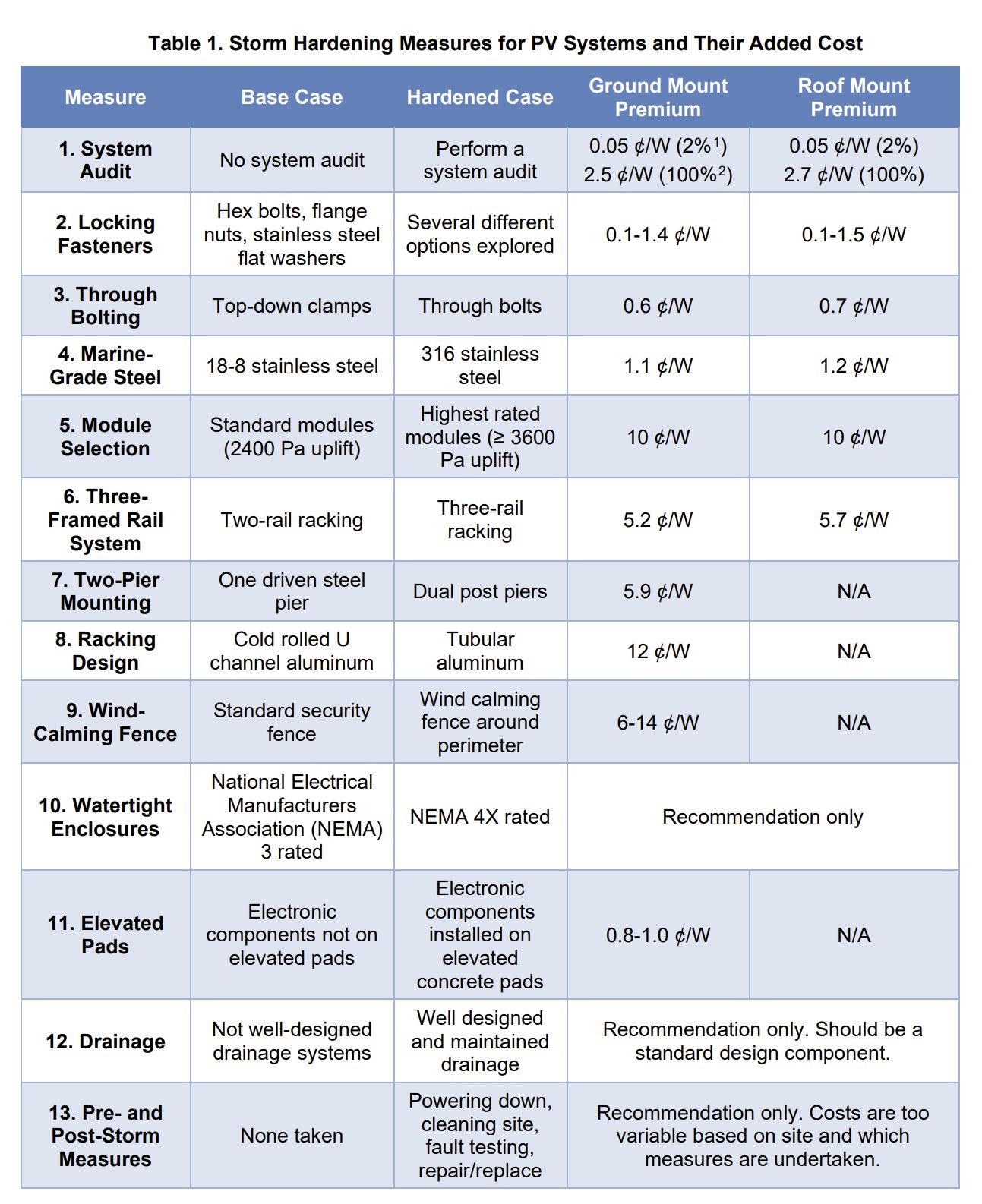
This content is protected by copyright and may not be reused. If you want to cooperate with us and would like to reuse some of our content, please contact: editors@pv-magazine.com.
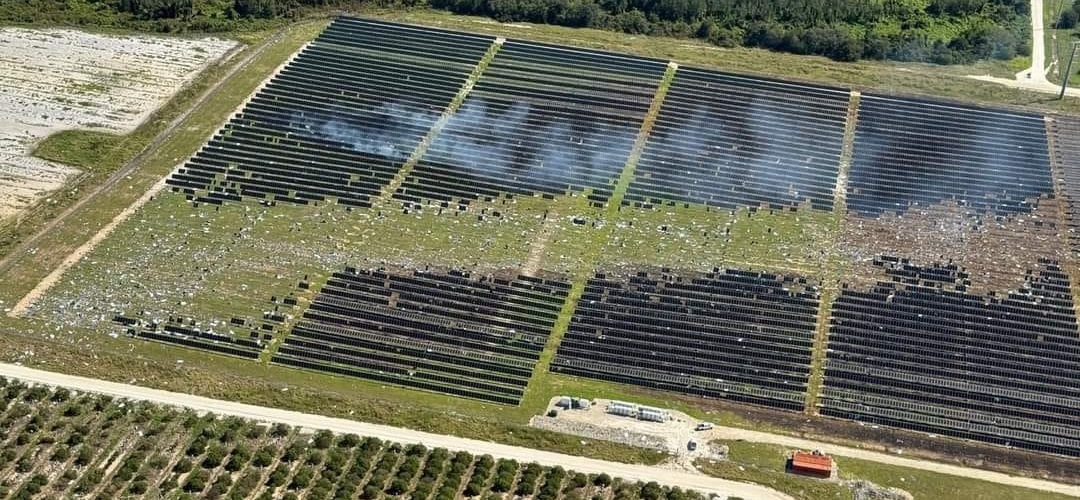
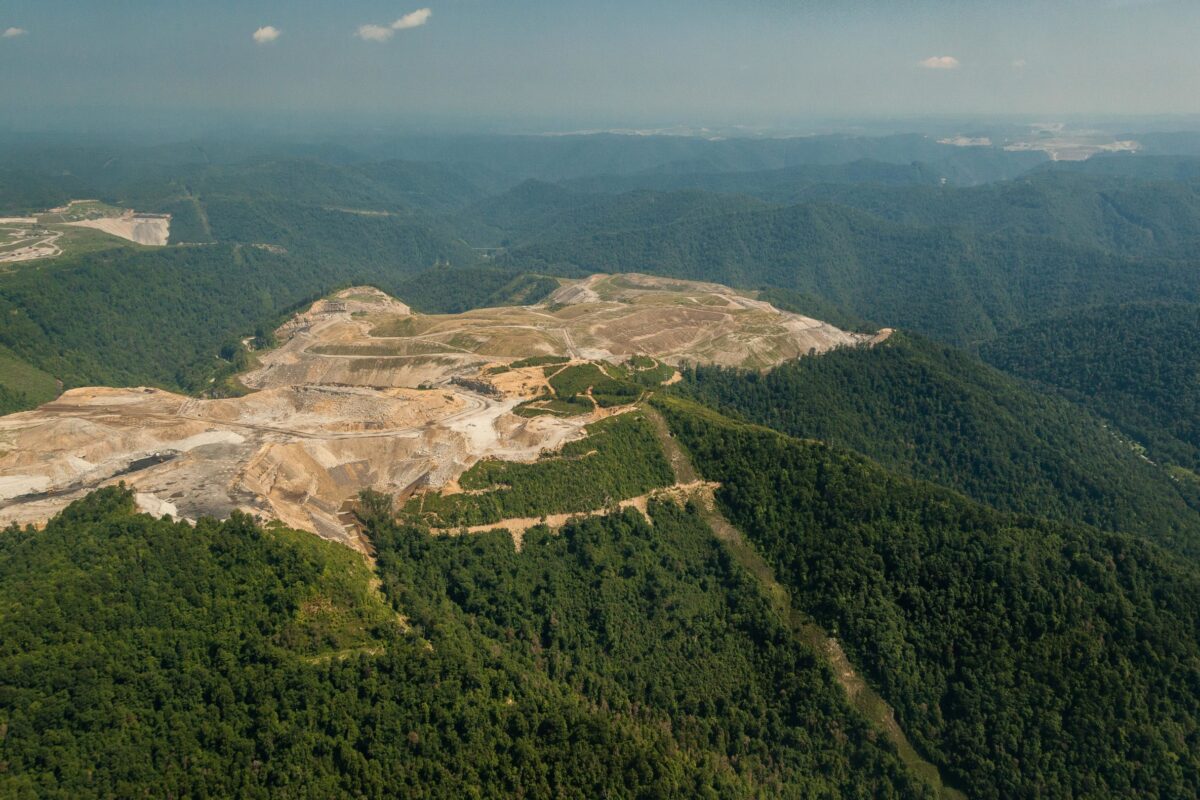

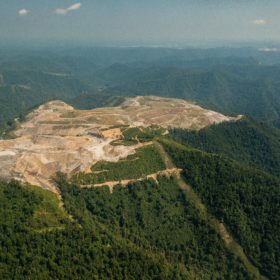
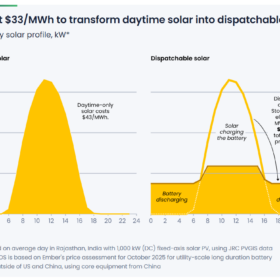
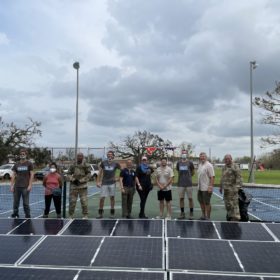
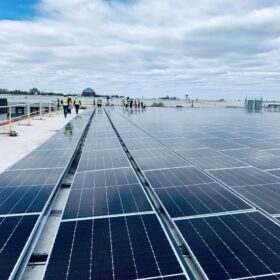
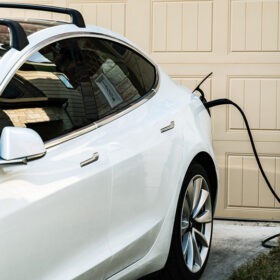
All joking aside, Mother Nature is trying to tell us that We Are Barking Up The Wrong Tree with this Extremely Fragile Wind and Solar which cannot power the entire grid all the time anyway.
Please consider that Individual Ground source Geothermal heating and cooling systems installed at each building requiring a heating and/or cooling systems can reduce the energy demand by 75% and perhaps even more. Combine this with Solar collection panels to generate the electricity that is needed for the building and store the energy in the Iron Air Batteries being produced by the Form Energy company. The batteries last 10 Xs as long as Lithium batteries at 1/10 the cost. They reportedly can provide 100 hrs. of continuous stored electricity. By reducing the demand by 75% plus we increase the amount of time that the battery can supply can last to up to 5Xs or around 500 hrs. By going on emergency use of the power and only using what is the minimum energy to supply only the basic needs of the building we can increase the time of available stored energy to even a longer time. Because up to 5Xs of the required energy is being used a solar field capable to suppling a building with 4Xs more energy than what will be needed the other energy can be sold back onto the Grid. This will reduce overload demand of energy from the grid. Each building becomes its’ own energy production. They sold energy can be used to pay for the system and the additional profits go the the building owner and the larger fossil or other major cleaner fired power plants. The plants or some other arm of the system would use the income to pay to maintain the individual systems. The large plants would act as an additional back up to the individual systems and their power when not needed could be sold to other areas in need of additional power or to other countries. The large plants such as the cleaner Coal fired plants could operate at one level every day and prevent the waist of energy by them when the boilers have to be adjusted based on demand. This would reduce the wasted energy when the plants have to reduce their production due to reduced demand. Individual GT systems can be installed in locations that can provide a double use of the land. IE a farm field with the horizontal or vertical loops in the ground and normal farm plants above ground . The farmers could lease the energy collected to the Individual building systems. This system has the potential if properly worked to create an actual clean energy plan. The systems can be paid for by loans from our banks to the individual GT systems ( including rebuilding damaged or destroyed buildings and generating systems) The loans would be guaranteed long term low interest loans from the banks or from government loan programs. This potential allow the systems and building to be built by the individual building owners and not cost the owners or government any money. It becomes an individual business the generates its’ own income.